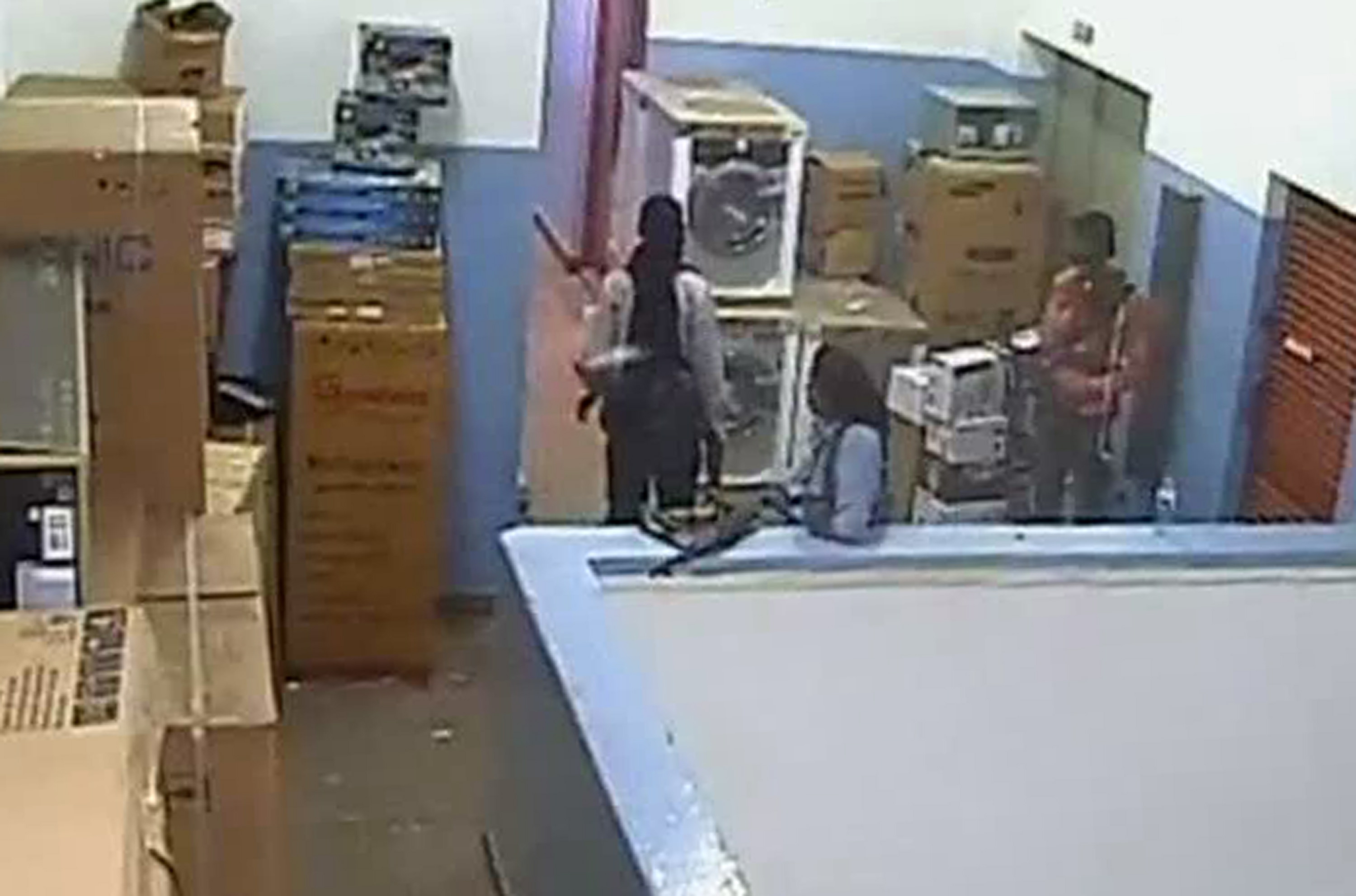NAIROBI, Kenya — Salim Massebellah had just reached the parking lot at Nairobi’s premiere mall. Private guards inspected his trunk, then passed a mirror underneath his vehicle, checking for the exposed wires that would indicate a bomb. That was the weapon of choice of al-Shabab, the terrorist group Kenyans had been warned might one day target their capital.
Moments later, the shooting erupted. The terrified guards ran, dropping the mirror. It hit the pavement with a clang.
Sitting stiffly at the wheel, Massebellah saw the two attackers pass by his car. Each one was holding a single, belt-fed machine gun. What neither of them was wearing was a suicide vest. “They were shooting indiscriminately,” said Massebellah. “There was nothing the guards could have done.”
Experts say the attackers’ choice of weapons, including AK-47s and grenades, was decidedly low-tech for al-Shabab, the al-Qaida affiliate based in neighboring Somalia which is known for their lethal use of suicide bombers. And it’s this very decision to use small arms, instead of explosives, that made possible the most deadly terrorist attack in Kenya since the 1998 bombing of the United States embassy, analysts say.
If copied elsewhere, including in Western countries, this style of attack could prove equally difficult to stop, both because public places like malls cannot be protected in the same manner as government buildings, and because security services are trained to detect explosives, not small arms.
“My assessment has always been that the day that al-Shabab lets go of the ‘Cult of the Suicide Bomber,’ we will be in world of trouble,” said Matt Bryden, the former coordinator of the United Nations Monitoring Group on Somalia and Eritrea. “It’s far more complicated to procure the parts for an explosive vest, as well as to find people willing to be martyrs. I always worried that if you just get guys riding in with AK-47s and grenades, they could do incredible damage,” he said. “We have now reached that dangerous place.”
Closed circuit television footage retrieved from Westgate Mall shows only four attackers took part in the prolonged siege, though others may have been a part of the Sept. 21 attack and fled, according to a government official close to the investigation who insisted on anonymity because he was not authorized to speak on the matter. This handful of fighters easily overpowered the mall’s unarmed security guards, killing over 60 civilians and leaving the mall awash in blood. It would be hours before Kenya’s notoriously dysfunctional military arrived on the scene in force, leaving petrified shoppers to fend for themselves.
At the front entrance of the mall, 37-year-old Mamtaz Jamal ran a promotional table selling creams. That morning she had carefully laid out one of her tubs of milk-and-honey scrub, putting a decorative halo of pebbles around the circular pot. She heard an earsplitting bang, and looked up to see the glass walls of a nearby jewelry shop shattering.
The attackers had lobbed a grenade inside. She ran, looking back just long enough to see that one of the attackers had grabbed a Caucasian man. He was holding him by the back of the neck, forcing him to walk in front, like a human shield. “With his other hand he was shooting,” said Jamal.
It was as if the fighter was expecting to be met with return fire. But the first men to return fire, including off-duty cops and members of a neighborhood watch group, were using pistols to fight hardened terrorists with automatic weapons.



